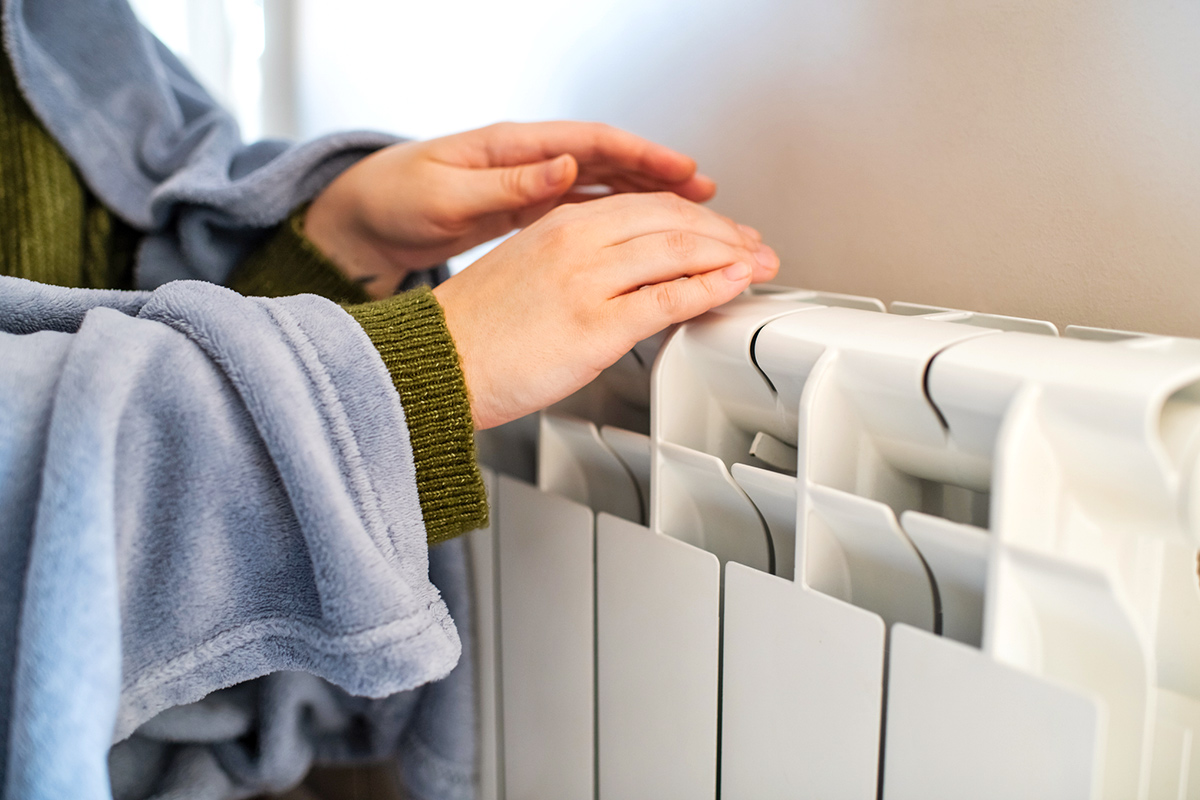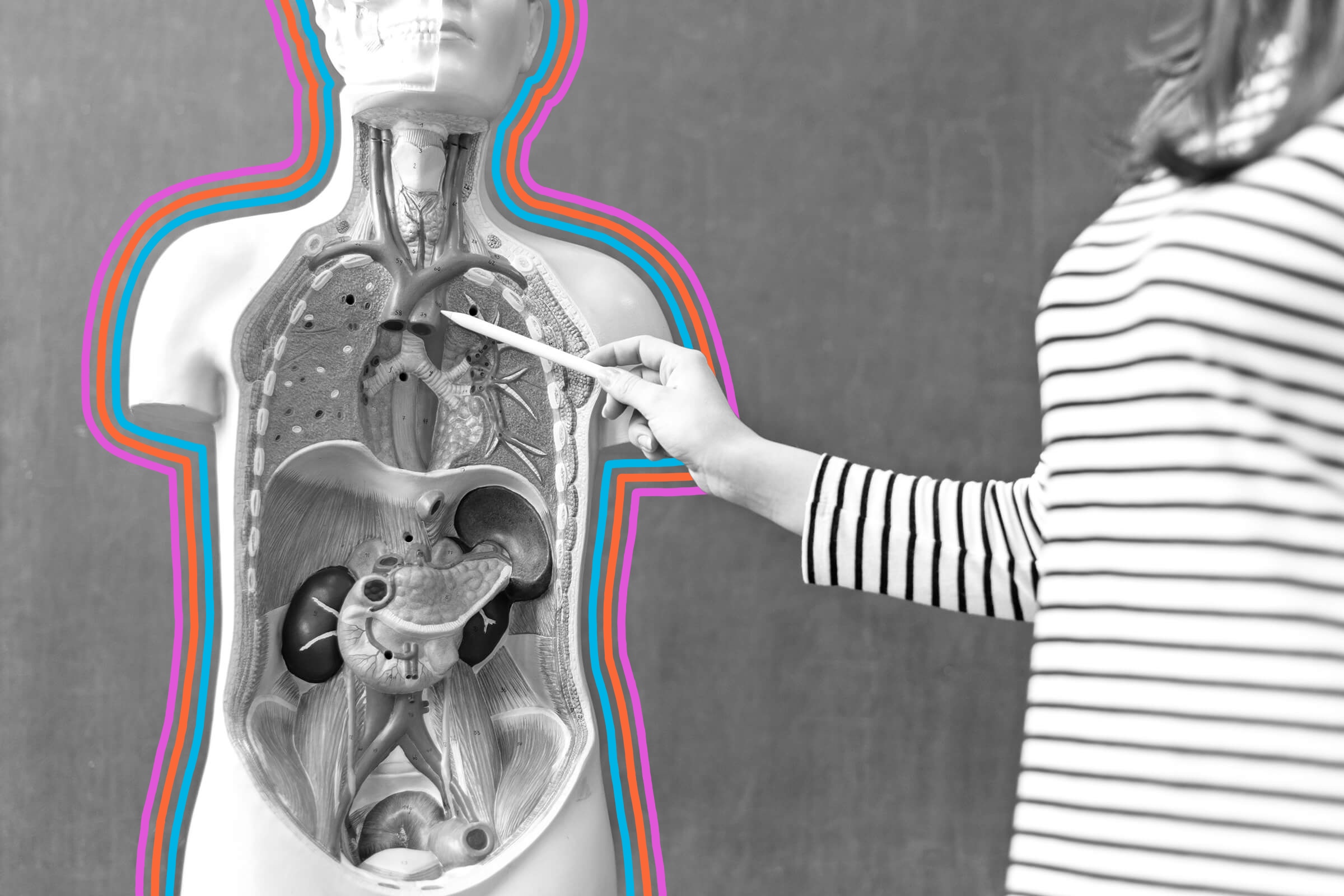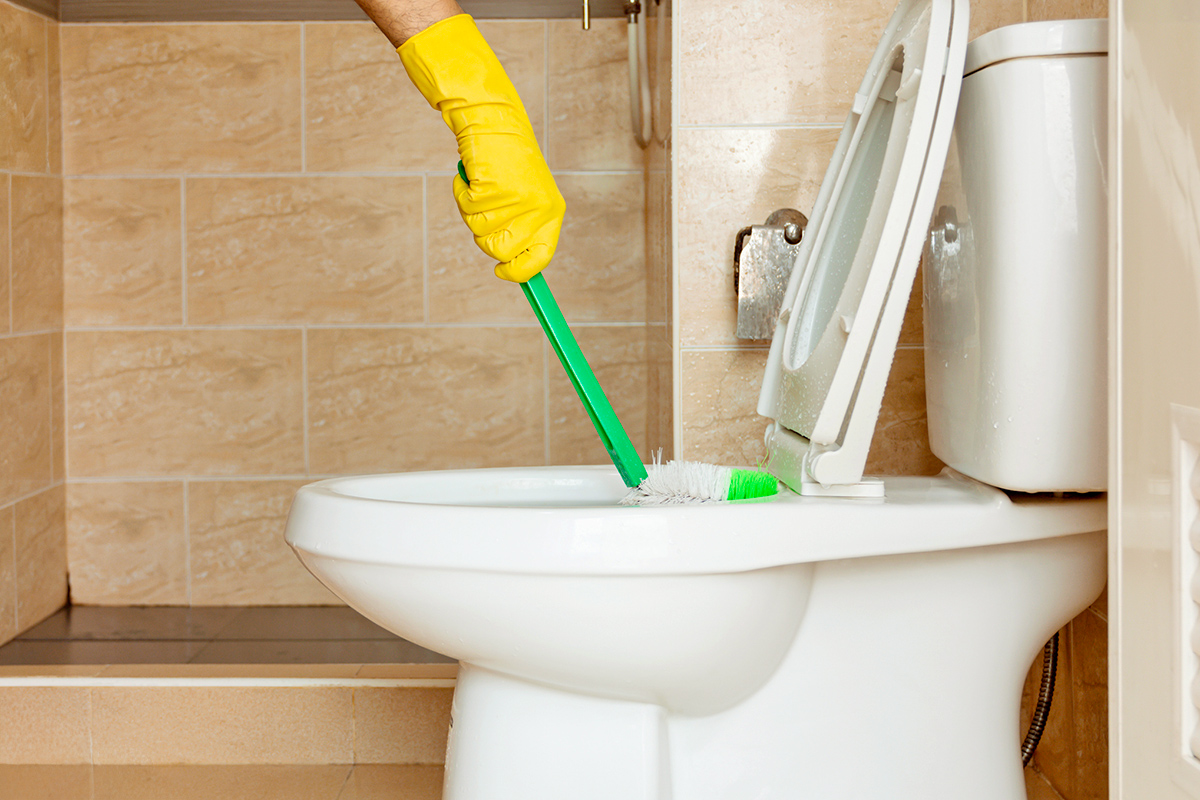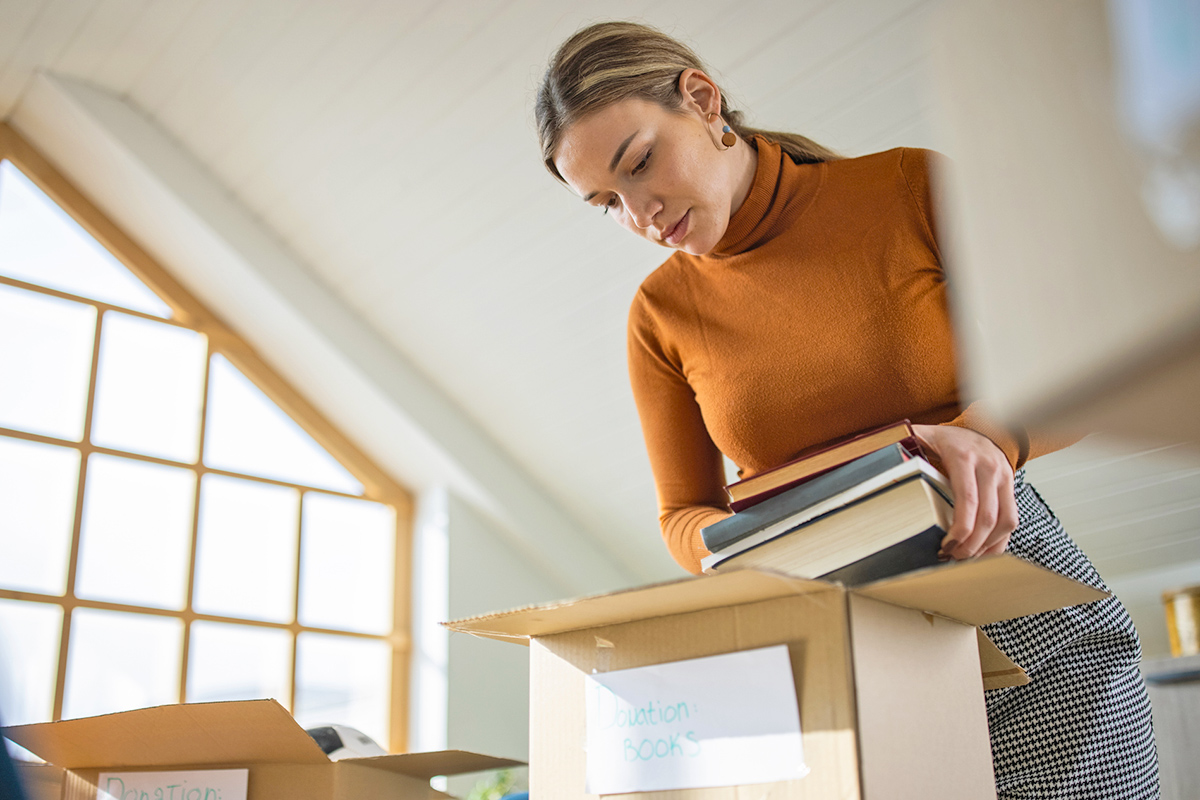Even when the thermostat reads a comfortable temperature, some homes still feel cold — plagued by drafty windows, chilly floors, and rooms that never seem to warm up. If you’re tired of bundling up indoors, the culprit is often more than just cold weather outside. From hidden drafts to outdated heating systems, factors you may…
1. Air Leaks and Drafts
Even tiny gaps around windows, doors, and outlets can lead to significant heat loss. This leakage allows warm air to escape and cold air to seep in, making your heating system work harder and less efficiently. To fix this issue, seal gaps using weather-stripping, caulk, or foam gaskets. Pay special attention to the edges of windows, doors, and electrical outlets.

2. Inadequate Insulation
Insulation acts as your home’s protective barrier against heat loss. Without sufficient insulation, particularly in attics and walls, warm air escapes quickly, leaving your home feeling colder. To curb this energy loss, inspect your attic, walls, and floors for proper insulation. If necessary, add insulation to these areas to improve heat retention.
3. Leaky Ductwork
Cracks and holes in your home’s ductwork can cause a large percentage of heated air to be lost before it reaches its destination. This inefficiency results in uneven heating and increased energy bills. Consider hiring a professional to inspect and seal any leaks in your ductwork. Properly sealed ducts ensure that warm air reaches all areas of your home.
More from our network
House Outlook is part of Inbox Studio, which publishes content that uplifts, informs, and inspires.
4. Faulty Thermostat
An inaccurate thermostat can cause your heating system to run too much or too little, leading to discomfort. Issues such as dust buildup, outdated models, or poor placement can affect thermostat performance. The solution is to clean your thermostat regularly, replace batteries as needed, and consider upgrading to a programmable or smart thermostat for better control.

5. Old or Inefficient Heating System
An outdated or improperly sized heating system can struggle to maintain a comfortable temperature, especially in larger or multistory homes. Schedule regular maintenance for your heating system, including filter replacement and inspection. If your system is over 15 years old, consider upgrading to a modern, more efficient model.
6. Lack of Humidity
Moist air retains heat better than dry air, which is why low-humidity environments often feel colder than the actual temperature. This happens because your body loses heat more quickly through evaporation (such as sweating and breathing). You can combat this by using a humidifier to maintain optimal indoor humidity. Grouping houseplants together can also naturally increase humidity (albeit by a small amount), so consider incorporating more greenery into your decor.
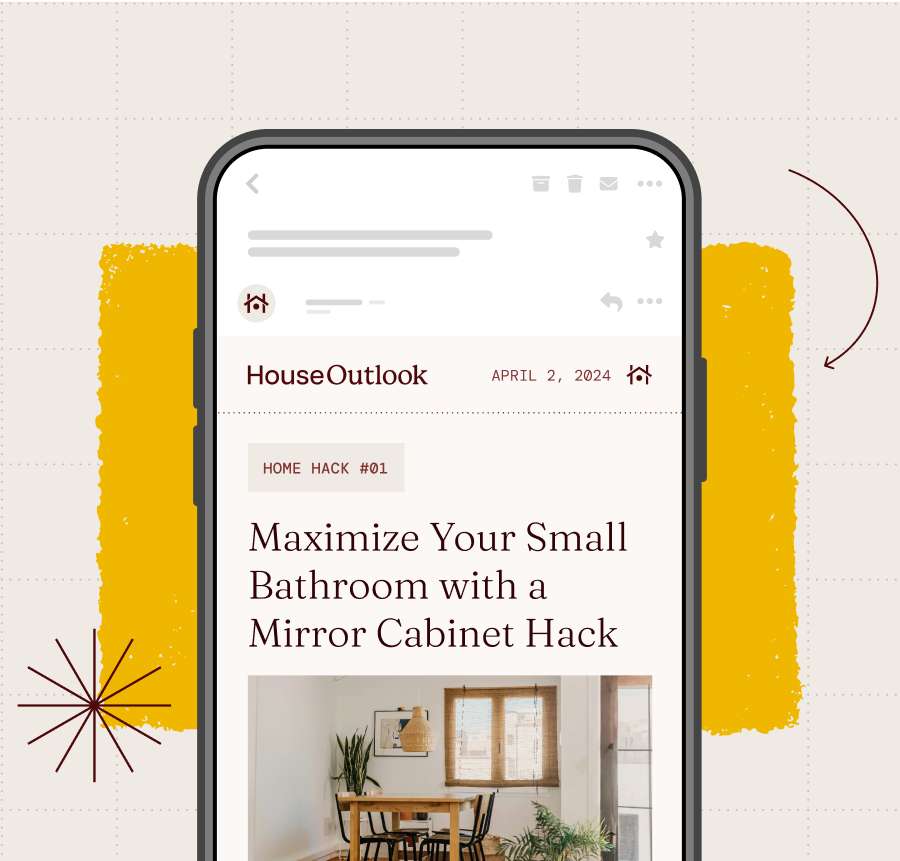

7. Improper Ventilation
Poor airflow can cause temperature imbalances, leaving certain areas of your home much colder than others. Blocked vents, closed doors, or furniture obstructing air pathways can all interfere with warm air distribution. To fix this problem, ensure all vents are open and unblocked. Consider installing return air ducts in rooms that lack them to improve air circulation.

8. Single-Pane Windows
Older, single-pane windows are poor insulators that allow heat to escape and cold to enter. If it’s within your budget, upgrade to double-pane or triple-pane windows for better insulation. If replacement isn’t feasible right now, apply window insulation film or use thermal curtains to reduce heat loss.
9. Unsealed Chimneys and Fireplaces
Unused chimneys and fireplaces can be significant sources of heat loss if they aren’t properly sealed. To prevent warm air from escaping, close and seal any that are not in use. If the closure is temporary, you can do this job yourself using a flue plug or mineral wool for insulation. (The latter is highly fire-resistant in case of accidental fireplace use.) For a permanent solution, or any work involving a gas fireplace, it’s best to hire a professional.







